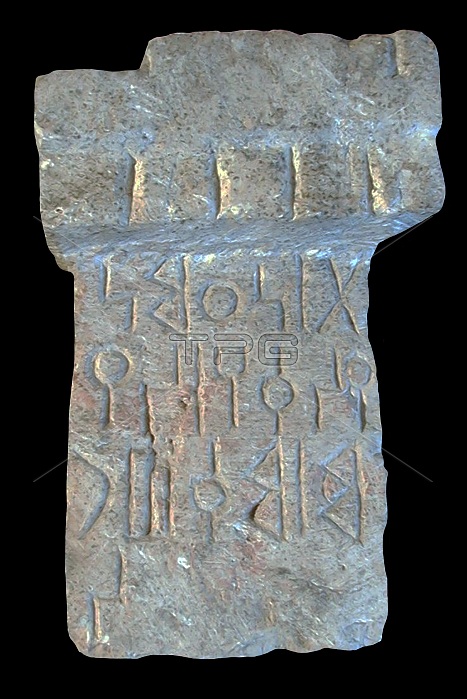
South Arabia as a general term refers to several regions as currently recognized, in chief the Republic of Yemen; yet it has historically also included Najran, Jizan, and 'Asir which are presently in Saudi Arabia, and Dhofar presently in Oman. The frontiers of South Arabia as linguistically conceived would include the historic peoples speaking the related South Arabian languages as well as neighboring dialects of Arabic, and their descendants. Anciently there was a South Arabian alphabet, which was borrowed by Ethiopia. South Arabia as generally conceived would include the lands inhabited by peoples partaking of its distinctive traditions and culture, which overlap recently demarcated political boundaries. Yemen or al-yaman means 'the south'. One etymology derives Yemen from yamin the 'right side' as the south is on the right when facing the sunrise; yet this etymology is considered suspect. Another derives Yemen from yumn meaning 'felicity' as the region is fertile; indeed the Romans called it Arabia Felix. In an ancient, traditional Arabian genealogy, the people of the peninsula are divided between north and south, those of the north descending from Ishmael and Adnan (from whom Muhammad descended), and those of South Arabia being the descendants of Qahtan or Joktan (Yoqtan) and Jokshan. Three thousand years ago several different state entities occupied the region of South Arabia, including M'ain, Qataban, Hadhramaut and Saba. In those ancient times South Arabia claimed several notable features, e.g., the famous dam at Marib, the cosmopolitan incense trade, as well as the legendary Queen of Sheba. Two thousand years ago the Himyarites became the masters of South Arabia, remaining for several centuries until displaced by the armies of Axum which landed from nearby Ethiopia; rule by the Ethiopians was followed by that of Persia under the Sassanids, who also arrived by sea. A half-century later, in the year 638 C.E., the region became Muslim.
| px | px | dpi | = | cm | x | cm | = | MB |
Details
Creative#:
TOP27180685
Source:
達志影像
Authorization Type:
RM
Release Information:
須由TPG 完整授權
Model Release:
No
Property Release:
No
Right to Privacy:
No
Same folder images:

 Loading
Loading